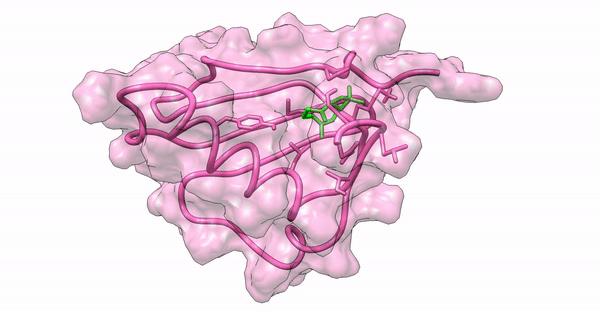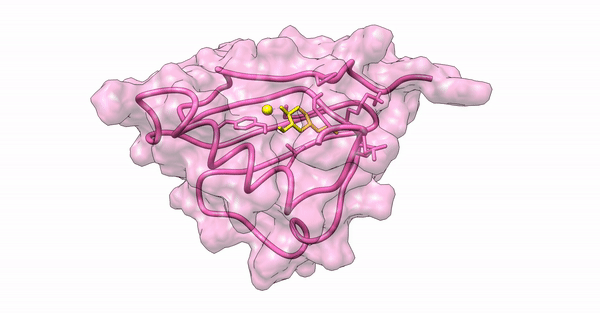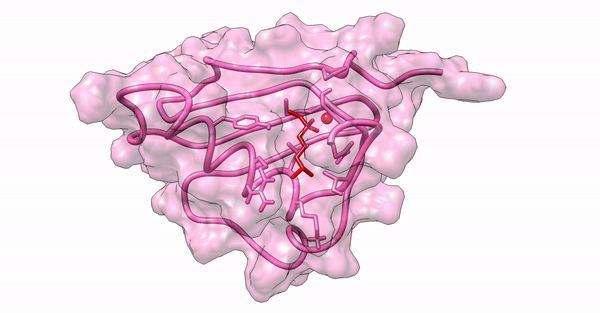Assistant Professor
Maulana Azad National Institute of Technology
Working Period: December 2018 - April 2019
Maulana Azad National Institute of Technology
Working Period: December 2018 - April 2019
I started working with Dr. Pandey during the second semester of my Master's studies. Having an idea of going forth with exploring the properties of heavy metal nanoparticles, I started working with the biological synthesis of Iron nanoparticles from different biological sources such as Clove, Piper betel, Cumin, Curcumin, etc.
Seeing the impact that S. aureus has on medical conditions, we started with the synthesis of Iron nanoparticles followed by the characterisation of the synthesised nanoparticles using different characterisation techniques (see below).
Moreover, I had the wonderful opportunity of mentoring 10 undergraduate students from Rajiv Gandhi Proudyugiki Vishwavidyalaya pursuing their final year Bachelor of Science (B.Sc) dissertation.

Characterization of the iron nanoparticles - X-ray Diffraction and Scanning Electron Microscopy. Our results suggested that the right surface configuration of iron nanoparticles has been achieved with the average size of the nanoparticles ranging from 20-30 nanometers.
Our results suggested a good antimicrobial activity of the iron nanoparticles against the bacterial culture. We wanted to explore its activity on the oral sepsis condition which is usually found to occur post-oral surgery. We collaborated with the All India Institute of Medical Sciences (AIIMS), Bhopal for acquiring the patient samples. The work is currently being undertaken to optimize the surface topology of the particles and its potential effect on the oral sepsis samples.
We explored the microscopic details of the interaction between the nanoparticles and the virulence protein of Staphylococcus aureus, the Chemotaxis Inhibitory Protein (CHIP) by performing Molecular Docking and Molecular Dynamic Simulations. Our results showed that the synthesized phytochemical conjugated iron nanoparticles had a better interaction with the virulent protein of the bacteria.

Caryophyllene conjugated iron nanoparticles interacting with CHIP

Eugenol conjugated iron nanoparticles interacting with CHIP

alpha-Linalool conjugated iron nanoparticles interacting with CHIP
Our work revealed the potential of heavy metal nanoparticles to be used as a potential antibacterial agent. We are currently working to optimize the nanoparticles to be more effective against a broad range of bacterial species.
To know more about our work, please look at our paper:
"Antibacterial property of Biologically synthesized Iron nanoparticles against Staphylococcus aureus"
Satyam Sangeet, Arshad Khan, Sarit Prabha, Khushhali M Pandey
International Conference on Advancements in Materials, Manufacturing, and Energy Engineering (ICAMME-2021)
Chapter 58, Springer Nature (2021)